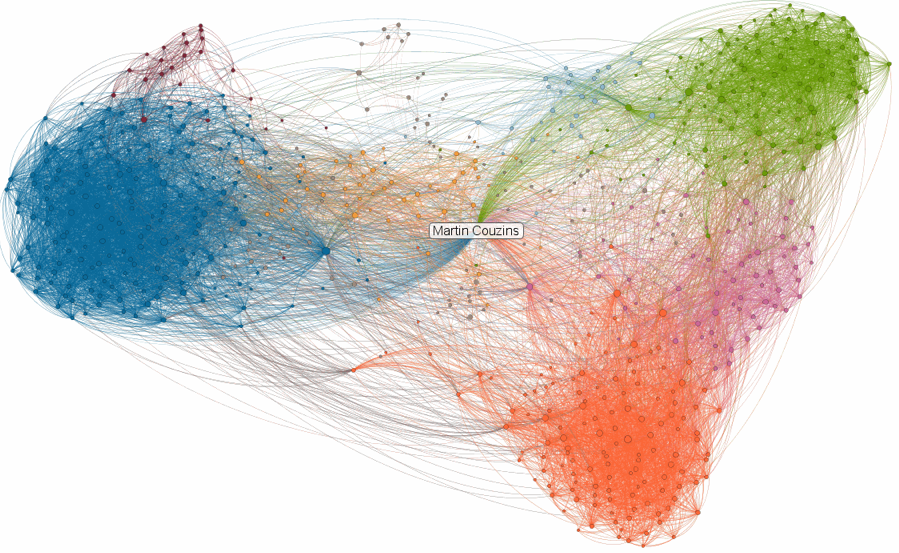Last week Tim Harford, author of The Undercover Economist, wrote a lengthy article on big data in the Financial Times. In it he got under the skin of what has become a huge buzz term in businesses around the world.
And if it is a buzz term that senior executives are looking at, you can be sure that L&D professionals will have to turn their attention to it – and quickly.
In a recent article for Learning Solutions magazine, Bill Brandon said that it is ‘essential’ for L&D to understand big data. This is what he said:
You have probably noticed that executives these days are paying attention to Big Data and the predictive analytics that can be applied to it. Quants—specialists who perform the quantitative analysis involved—provide strategic guidance to companies, based on big data. This is having a major effect on the thinking and the decision criteria of top business leaders. It is essential for learning and development (L&D) professionals to understand this, to understand how data is driving HCM, and to position L&D within the business context. If you want a seat at that famous strategic table, you’d better be able to speak the language.
Brandon goes on to explain why this data is important for L&D and the wider organisation:
Why does this matter? It matters because these HR and L&D systems accumulate huge amounts of data. Properly integrated and analyzed, this data can provide strategic insights and business intelligence valuable to senior leadership—the executives who make the decisions about where to invest resources, including capital.
But there are inherent problems in handling data, according to Harford. He gives the example of Google Flu Trrends, which after a few successful years of predicting where flu would occur, stopped being so accurate. Why? Because correlation is not causation. Basically, Google did not know what linked search terms with the spread of flu (after time the search terms did not reflect where the outbreaks were occurring), which has been the undoing of Google Flu Trends, according to Harford.
I don’t want to lift Harford’s piece here, just go and read it. But what his article shows us is that we need to be asking questions of the data we are presented with i.e. the data that LMSs produce, HCM systems produce and so on before we can start to analyse it. As Harford says, ‘There must always be a question about who and what is missing, especially with a messy pile of found data.’
Data also hides biases and without understanding those biases organisations will not come to the right ‘actionable insights’.
Big data presents L&D with both an opportunity and a headache. As the business rushes into ‘big data solutions’ can the L&D team challenge the fundamentals around the data that is being collected and what’s missing and lead the organisation towards a better understanding of how data can help make better decisions?
Maybe now is the time to ask some challenging questions because it is likely the rest of the business won’t know the answers.




